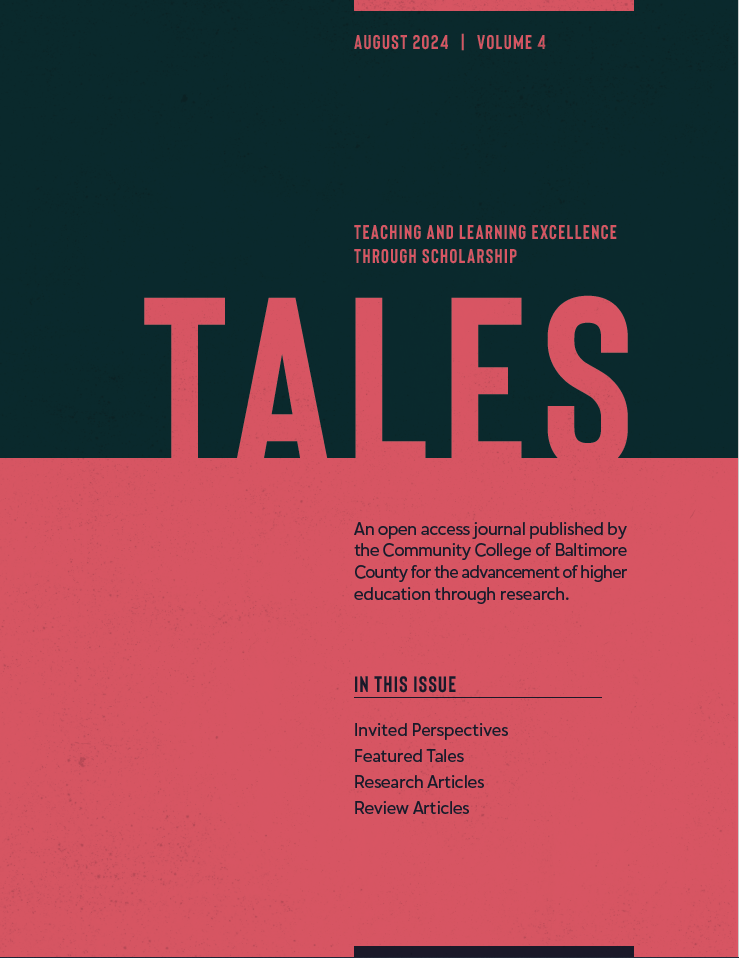Impact of Selected Teaching Techniques on Exam Performance in Business Law
Abstract
This study compared traditional methods of college-level instruction, including lecture and class discussion followed by assessment via course content exams, with a variety of other instructional techniques. The intent was to evaluate whether more contemporary instructional techniques are significantly correlated with improved average exam scores for students in a business law course at a large, mid-Atlantic community college. The author found that certain techniques, such as plickers (where students respond with a unique QR code to multiple choice questions presented on screen), were effective. A combination of an open educational resource textbook with fewer content items spread across more exams coupled with journaling (where students were invited to reflect through writing on course content at various times during the course) also yielded significantly improved exam scores. Conversely, the use of practice exams and Kahoots! was related to a significant decline in average exam scores. Assigning more homework was also negatively correlated with performance on exams. However, the percentage of homework assignments completed by students was significantly related to exam performance, which may be an indirect method to measure student motivation to do well in the course.


